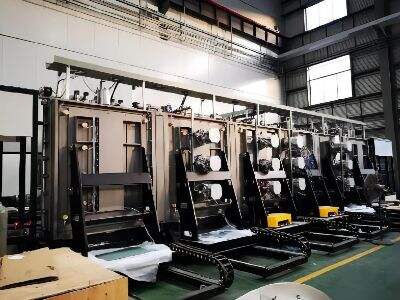PVD vs. CVD: Which Coating Method Suits Semiconductor Applications Best?
PVD and CVD are two ways of adding a special coating to semiconductors. Each method has its advantages and disadvantages, and it is important to choose the right one for the job to ensure that the semiconductor works well. PVD is short for Physical Vapor Deposition. Heat is used in this cleaning method to make a solid material a gas.
The gas then sticks to the semiconductor to form a thin coating. One benefit of PVD is that it bonds well with the semiconductor, giving you the idea that it is less likely to fall off. However, PVD can be more expensive and take longer to install. continuous vacuum furnace is short for Chemical Vapor Deposition.
Unlike PVD, CVD achieves a cover on the semiconductor by using a chemical response.
The cooling process is one of the most fundamental advantages of CVD deposition, followed by the thin coating and the fact that it does not last as long. Central versus CVD for use in the exposed semiconductor depends on the purpose and the external layer to be done with the work.
For example, vapor deposition is the preferable method when compared, but in contrast, the final ones are likely to use PVD to achieve a bond.
When investing in vacuum chamber furnace, if your shopping is required, you may want to get started with that transaction first.
Deposition by a thin film is fundamental to the processes of Giant witches and provides a thin lane to gather material on the surface of the parking lot.
Paddling dishes are typically used in CVD. To obtain the best possible results with PVD or continuous vacuum furnacecover, there were no face-to-face encounters with Changzhou Lemeng of International. The company’s reputation is more than good lighting; appropriate funding by administrators shows what companies are purchasing.
Table of Contents
- PVD vs. CVD: Which Coating Method Suits Semiconductor Applications Best?
- Unlike PVD, CVD achieves a cover on the semiconductor by using a chemical response.
- For example, vapor deposition is the preferable method when compared, but in contrast, the final ones are likely to use PVD to achieve a bond.
- Deposition by a thin film is fundamental to the processes of Giant witches and provides a thin lane to gather material on the surface of the parking lot.

